Are you failing to attract new customers for your online business? Even after trying so many times, are you still struggling to get that momentum?
Maybe you’re ignoring one of the most important platforms that you should keep as a priority: social media.
Yes, almost 5.22 billion people are using social media platforms. This number is huge and indicates how social media platforms are equipped with people’s presence and activities.
As a brand, it’s almost tough to get on their notice and provide the fresh content they are expecting.
Here, we will discuss everything you need to know about social media’s importance, how you should utilize it, and how you can integrate social media with your WordPress site to get maximum outcomes.
Let’s begin!
Why Social Media Matters For Online Businesses
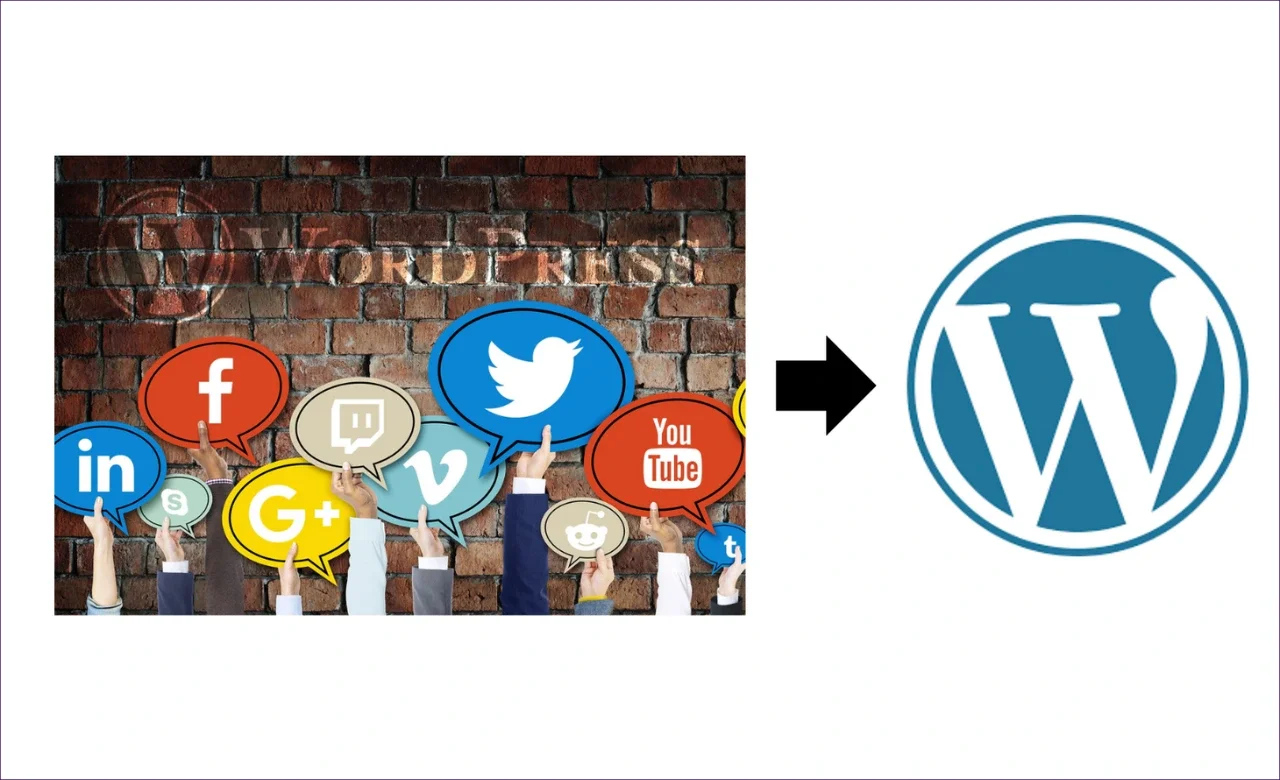
Social media isn’t just a place to count or collect “likes” and “follows.” It helps people form real, human connections with the brands they care about.
Instead of viewing your products as distant or unfamiliar, potential customers can discover them through the eyes of trusted friends, everyday situations, and honest feedback from other buyers.
According to new research from Sprout Social, more than 68% of customers have previously made a direct purchase from social media. And almost all (98%) consumers want to make at least one purchase this year through influencer commerce or social buying.
This statistic shows that social platforms serve as trust builders. By using social channels, you don’t just drive short-term sales. You also increase brand awareness.
Over time, consistent posting reminds people who you are and what you offer. Meanwhile, as more users talk about your brand, share your posts, or write about you, you might gain indirect benefits in search visibility.
Although social signals aren’t direct ranking factors in search engines, the extra mentions and inbound links from social activity can help your content reach more people.
Social media allows you to present your story, highlight your values, and give customers a space to interact with you. It’s a powerful, low-cost marketing channel that brings you closer to your audience.
6 Reasons To Consider Before Picking The Right Social Media Platforms
Choosing where to invest your social media efforts isn’t about rushing to the newest trendy app. Whether you’re looking at well-established networks or new ones like Bluesky, Instagram, Threads, and more, here are six things to consider.
1. Audience Demographics
Each platform attracts its own audience. Instagram, with over 2 million monthly active users (Statista 2024), often appeals to younger, visually focused users.
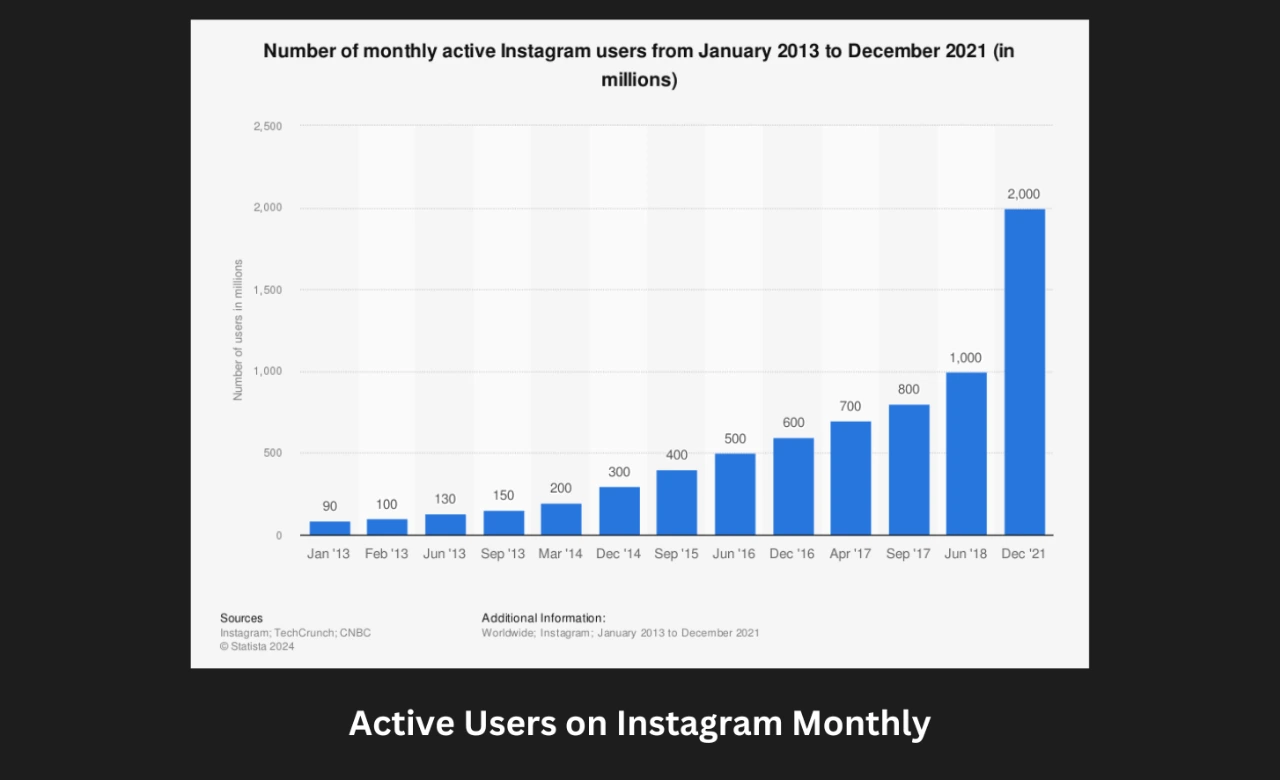
LinkedIn has 930 million members and attracts professionals and B2B brands. Bluesky and Threads, as newer players, may draw early adopters or niche communities. Identify where your core customers spend their time, then join them on their turf.
2. Content Format
Think about the type of content you can create out of the box. Instagram and Threads are great places to showcase visually attractive product photographs and short, sharp videos.
Several groups created on LinkedIn or Facebook could be good places to have in-depth conversations or share more specific ideas.
X (formerly Twitter) and Bluesky are great platforms that work well for you if you can provide timely updates.
3. Competition Presence
Look at where your competitors are thriving. If they’ve built a large following on Facebook, your audience will probably spend time there as well.
You can reach a market with less competition and more room for growth, though, if some platforms don’t seem to be being used enough.
4. User Intent
Why do people go to a specific platform? Some use LinkedIn to advance their careers, while others want tutorials and reviews on YouTube.
On Instagram, they look for inspiration or new brands, while Threads and Bluesky may attract those seeking fresh, authentic conversations. Keep your message in line with the reasons why people utilize each platform.
5. Engagement Opportunities
Some platforms offer richer ways to interact, from Facebook Groups that foster communities to TikTok’s short-form storytelling.
Bluesky and Threads may allow for more direct conversations with early adopters. Choose platforms that encourage honest dialogue and let you connect with followers personally.
6. Ease of Integration and Analytics
Select platforms that are simple to connect with your website and offer robust analytics.
For example, Facebook Insights, Instagram Analytics, LinkedIn Analytics, and Twitter Analytics can show you who’s engaging with your content, what they respond to, and where your traffic comes from.
By reviewing these numbers, you’ll see which platforms genuinely pay off, helping you refine your approach and invest time and resources where they will have the most significant impact.
After considering these things, you can be sure to pick the platforms that are best for your business, whether well-known ones or new ones on the rise.
Preparing Your WordPress Site for Social Integration
Getting your WordPress site ready before you add social features can greatly affect visitors’ responses to your content. This inviting environment encourages visitors or audiences to stay longer, discover your offerings, and return for more.
1. Mobile-friendly Design
It’s vital to pick a mobile responsive theme, you can go for Astra or GeneratePress. Now your site will look good and function well on any device. Navigate to SEOMATOR to test if your website is mobile-friendly or not.
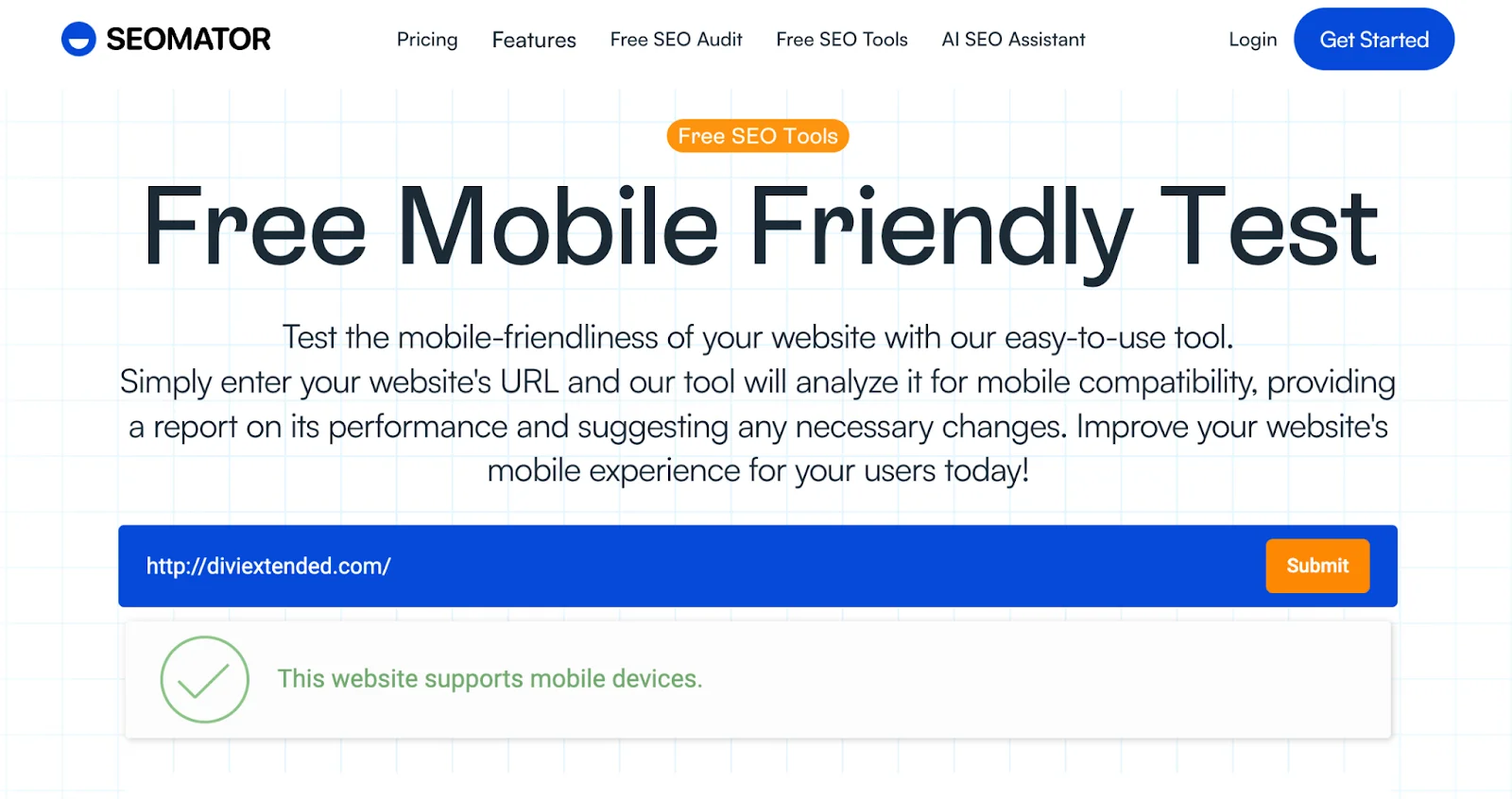
Also, test all the essential pages of your site on different devices to ensure that the people who arrive through social apps are enjoying a smooth and user-friendly experience.
2. Website Speed and Performance
Speed really matters. Visitors don’t like to wait more than 3s when it’s website loading time. If it’s less than that, they will stick around and watch what else you have for them. Consider using a caching plugin such as W3 Total Cache and an image compression tool like ShortPixel to prevent large file sizes from causing delays.
Since users coming from social media won’t wait long, every second you save is valuable.
3. Security and Updates
Regularly updating WordPress and your themes and plugins helps avoid security problems and reduces the risk of glitches when introducing social features.
For more detailed suggestions on getting your site ready, check the resources provided by InMotion Hosting’s WordPress Guide to Social Media InMotion Hosting.
4. Consistent Branding
Keep your look vibrant, and reply to messages consistently across your site and social profiles. This steady, recognizable identity helps new visitors feel more comfortable.
As they get to know your brand’s style, they’re more likely to spend time exploring, interacting, and sharing what they find.
6 Step-by-Step Guide To Integrate Social Media On A WordPress Website
If you’re concerned that integrating social media platforms into your WordPress website would be difficult, just relax—it’s not as tricky as it might seem. Let’s explore the simple steps to turn your site into a lively, interactive one that your audience will enjoy.
Follow these steps to get started:
1. Embed Social Feeds

Are you looking for a simple way to keep your website updated and interesting? Try adding live social feeds. It’s easier than you might think:
- Choose a plugin, such as Smash Balloon or Custom Twitter Feeds.
- Install and activate it on your WordPress site.
- Connect it to your Instagram or Twitter account.
- Decide where on your homepage or blog pages you’d like your latest posts to appear.
- Save your changes, and you’re done!
Now, anyone who visits your site can see new posts right away, which makes your pages feel more active. They may even follow you on social media straight from your website.
According to A2 Hosting, showing live feeds can turn occasional visitors into regular fans who look forward to whatever you share next.
2. Add Social Sharing Buttons

Social sharing buttons let visitors share your blog posts, articles, or product pages directly on their favourite platforms. They’re easy to add with Shared Counts or Sassy Social Share plugins.
To make the most impact, place these buttons at the end of your content, where readers are more likely to share what they’ve just enjoyed.
Remember, well-positioned sharing buttons can help you expand your reach without additional marketing costs.
3. Add Follow Buttons and Icons
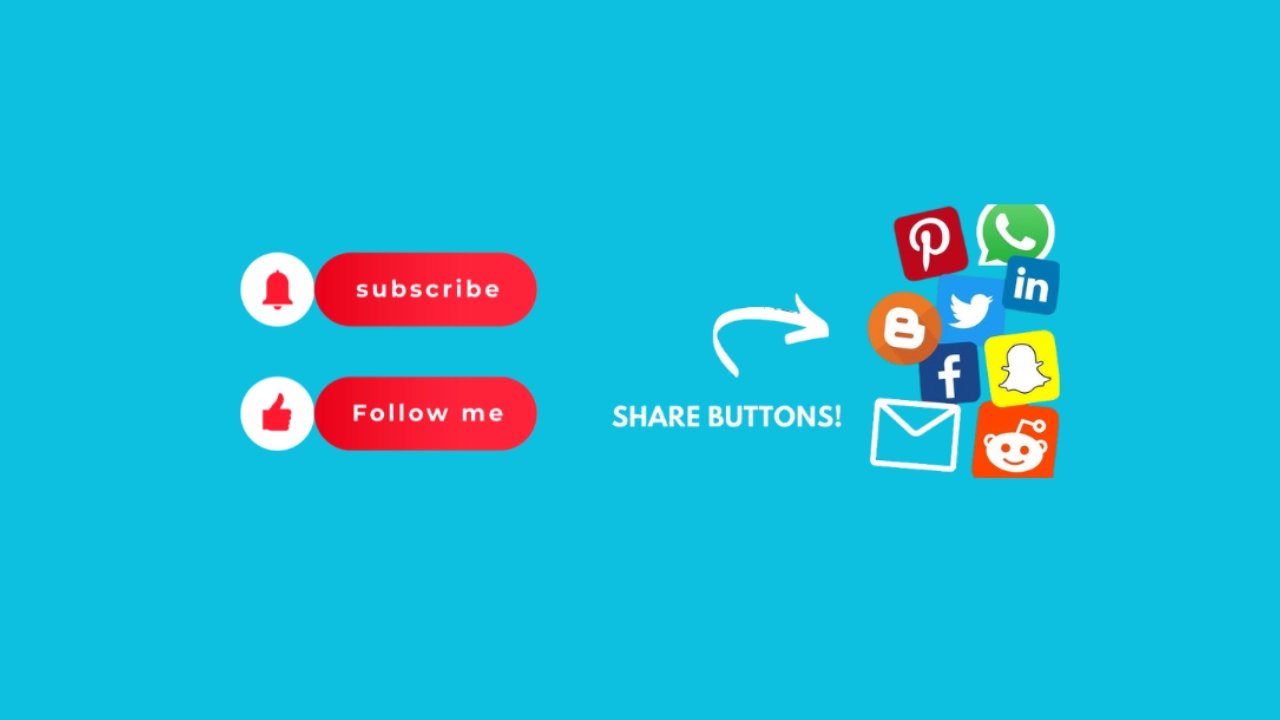
Add follow buttons or icons to make it simple for visitors to connect with you on social media. Whether in your site’s header, footer, or sidebar, these buttons should stand out but still match your design.
Plugins like Simple Social Icons or theme-based options make this integration smooth. According to Liquid Web, consistent and professional-looking icons enhance the overall user experience, making it easy for visitors to find and follow your profiles.
4. Use Social Login Features

Enabling social logins will simplify visitors’ engagement process with your site. This feature allows users to sign in using their existing accounts on platforms like Facebook, Google, or Twitter, eliminating the hassle of creating a new account.
Plugins such as Nextend Social Login make this functionality easy to implement.
5. Automate Content Sharing

Keeping your social accounts active doesn’t have to be time-consuming. By using a plugin like Revive Old Posts, or you can get this kind of plugin from Jetpack, you can automatically share your new and even older blog posts across multiple platforms.
After a quick setup—installing the plugin, connecting your social media accounts, and choosing how often to share—you don’t have to sit to get the work done; you can just let it handle the task. This simple approach updates your profiles with fresh content, even when busy with other tasks, ensuring that your followers always find something new and interesting.
6. Add Social Proof with Reviews and Testimonials
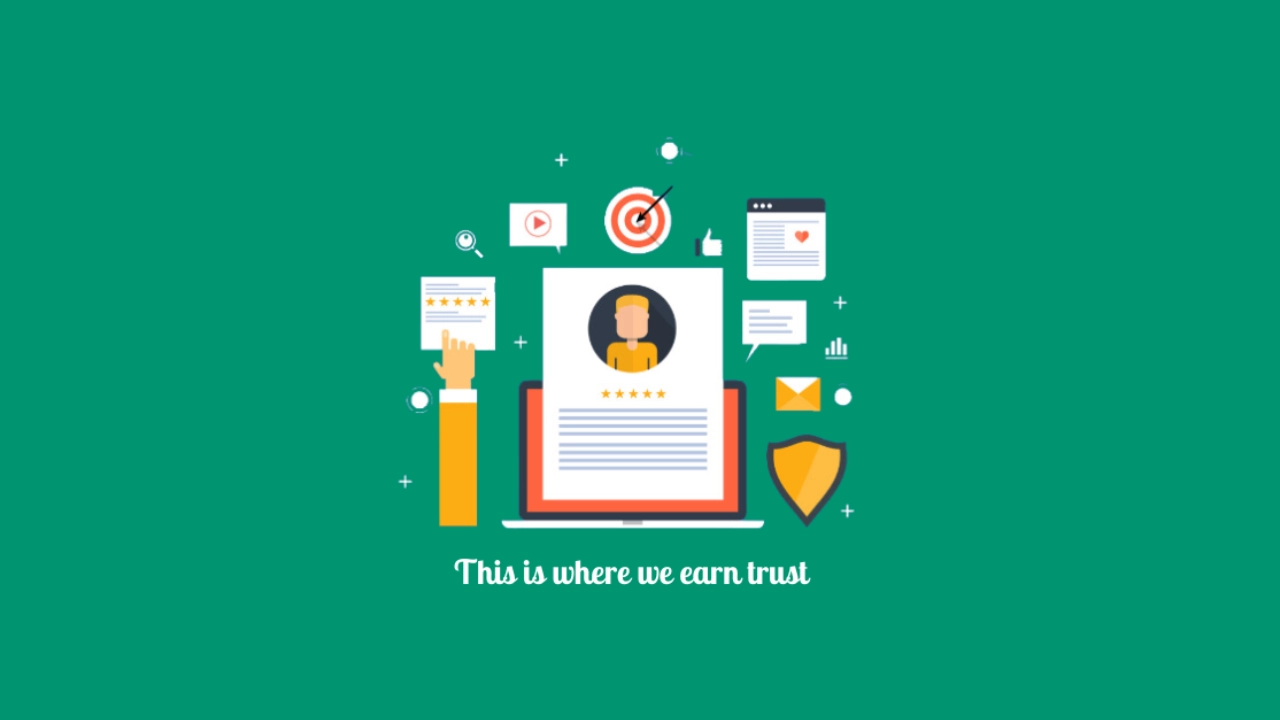
One of the most effective ways to build trust is by showcasing positive customer reviews. Embed testimonials or feedback from platforms like Facebook or Google directly onto your website to highlight real user experiences.
According to a study by BrightLocal, 84% of consumers trust online reviews as much as personal recommendations (2023). Featuring social proof helps them feel more confident about choosing your brand, and this kind of social proof often pushes buyers who aren’t sure to make a purchase.
Following these steps will make your WordPress site more interactive and strengthen your connection with visitors.
A thoughtfully integrated social presence can increase trust, engagement, and loyalty, helping your brand grow meaningfully.
Start with one or two features, monitor their performance, and gradually expand your efforts to build a stronger online presence.
7 Best Practices for Managing Social Media and Website Integration
Just putting a few social media buttons on your website won’t help. To connect with people and keep them interested, you must give those social elements some love and attention.
Here are a few simple ideas I have found helpful over time:
1. Keep Posting, But Be Realistic
Don’t let your social pages sit idle. Posting on a regular schedule (whatever you can manage—daily, weekly, or a couple of times a month) shows people you’re around and paying attention. No need to go overboard; just stay visible.
2. Stay True to Your Brand
Make sure your website and social profiles share a familiar look and voice. Using the same logo, colors, and general vibe helps folks recognize you right away, which can make them feel more at ease.
3. Respond and Engage
When someone leaves a comment or asks a question, reply. Even a quick “Thanks!” or “Great question!” goes a long way. Showing you’re listening encourages people to join the conversation and return for more.
4. Mix It Up
Don’t just push products. Offer tips, share interesting articles, or give a behind-the-scenes peek at your work.
According to LinkedIn Pulse, blending educational and relatable content builds stronger connections. Show people you’re not just here to sell.
5. Use Your Stats to Improve
Take a look at which posts get people talking or clicking. Do more of what works and cut back on what doesn’t. It’s all about learning from your results.
6. Go Easy on the Plugins
Too many plugins can slow down your site and frustrate visitors. Stick with the essentials so pages load quickly, and nobody gets bored waiting.
7. Try New Things Now and Then
Move your sharing buttons, experiment with a new post type, or test a different plugin. Minor tweaks can lead to significant improvements, helping you determine what clicks with your audience.
By following these steps, you’re not just adding social elements but making them work for you.
Over time, this approach can help you build a more loyal following and keep your online presence fresh and welcoming.
5 Examples That You Should Know About
Understanding how these business ideas work is easier when you see them in real action. We pick up valuable tips by looking at what real businesses have tried—and the results they got. We learn which methods might help us reach our own goals and which ones to avoid.
1. Dove’s Online Quizzes
We all know that Dove is one of the giant brands that you can find both online and offline. Their basic focus is not on the online platform, but they also utilize the online platform to grab more attention.
For Example:
They created an ad asking a simple question, as you can see from the image. And guess what? That post went viral and generated sales from $2.5 to $4 Billion in only ten years.

2. Airbnb’s Connection With the Customers
Airbnb also utilized the power of Social Media to gain maximum momentum and traction. Instead of using text, they created visual content, knowing that customers prefer visuals to text. This strategy was intended to attract more customers and engage with users.
With that said, you can learn from the image below. The name of the campaign was “Launch Anywhere.” It was a great way to connect, interact, and communicate with customers.
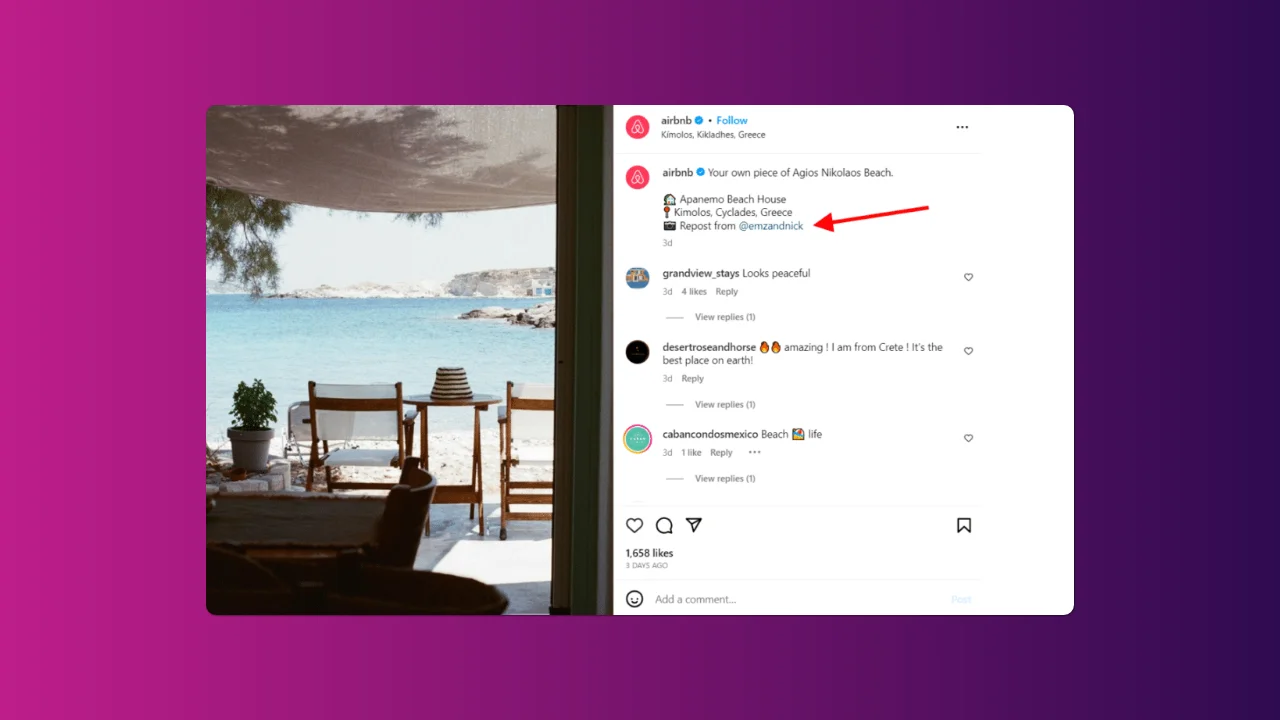
3. Dollar Shave’s Memorable Launch Video
Dollar Shave Club thought to create a video about the launch and it became viral.
They showcased different products and manifested the ethos. The present wit and user connectivity capability make such videos a successful content marketing program. They succeeded in convincing users to be their real friends, not just buyers.
4. CLUSE’s Authenticity Spoke the Truth
One of the awesome UGC that Cluse used showcased the customer’s real-time experience. They are a watch brand company. And what they did is they captured the customer’s real-time watch photos and put them on their website.
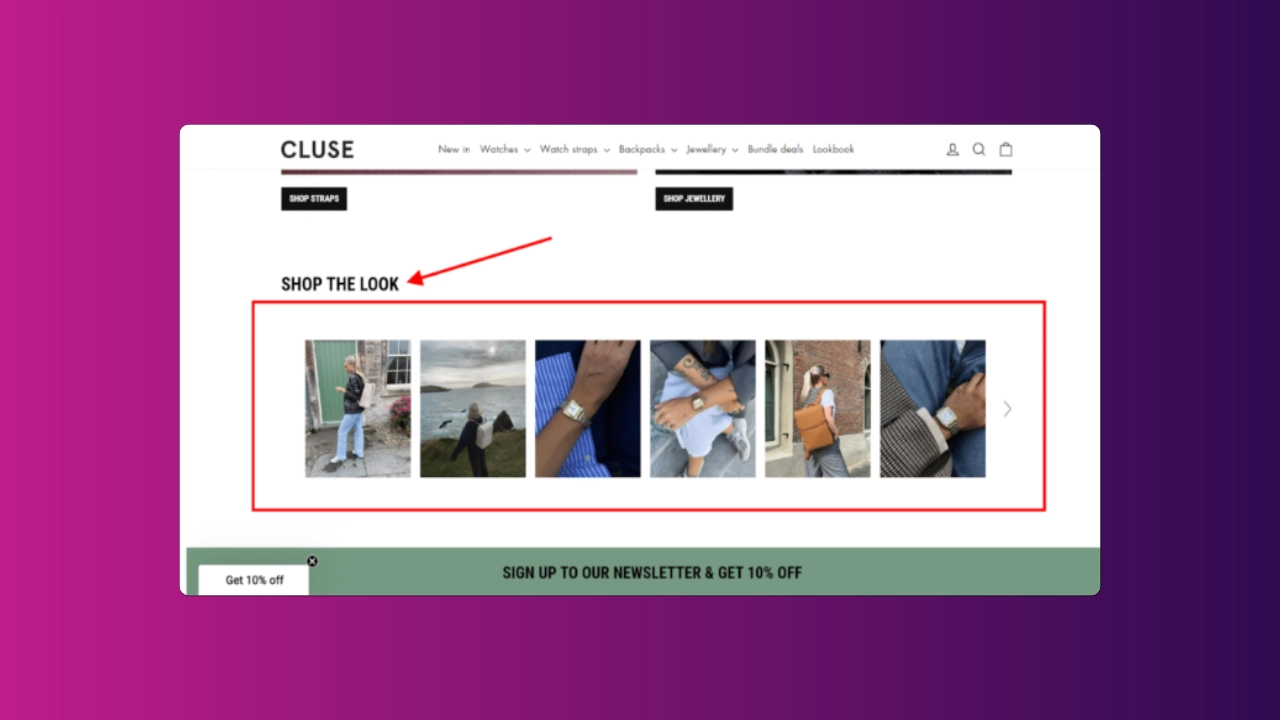
5. Blueberry’s Smart Approach to Connect with Gen-Z
After Daniel Lee joined Blueberry, he created a campaign announcing a rebranding purpose. He utilized the Gen-Z style to engage with them. And what they achieved was that they produced engagement and drove more customers to their posts.

What Are the Most Common Mistakes That You Should Avoid?
Sometimes, even with the best intentions, things can go off track. Here are a few common mistakes to watch out for when integrating social media with your WordPress site:
1. Plugin Overload
You should add many social apps to get all the features you want, but too many can slow your site down and confuse visitors. Instead, pick a few that you need and that will help you improve the user experience.
2. Forgetting About Mobile Users
Many people discover your site through their phones. If your layout isn’t mobile-friendly, they’ll probably leave when they arrive. Test your pages on smartphones and tablets to ensure everything looks good and works smoothly.
3. Not Responding to Comments and Messages
People feel ignored when they ask questions or leave feedback and hear nothing back. Take a little time to answer or acknowledge them. Showing you care builds trust and encourages them to stick around.
4. Unclear Next Steps/Unclear Call-to-Action
If you add social feeds to your site but don’t guide visitors through what to do—like following your account, sharing a post, or signing up for a newsletter—they might move on without taking any action. Make your calls to action simple and clear.
5. Skipping Analytics Part
If you don’t check which posts get the most clicks, shares, or comments, you are missing valuable insights. Keep track of what’s working and what isn’t. This information helps refine your approach and focus on what resonates with your audience.
6. Outdated Information
Links and profiles can change or become inactive over time. If someone clicks a broken link or finds an old, unused profile, it can raise doubts about your credibility. Review and update your social links, bios, and profile details regularly to keep everything current.
How to Measure the Impact of Social Media Integration
Adding social media features isn’t enough—you need to know if they’re helping you.
Here are a few simple ways to check:
1. Look at Google Analytics
Go to “Acquisition > Social” in Google Analytics to see which social sites bring you visitors. Check how long these visitors stay and whether they sign up for newsletters, buy products, or take other actions you value.
2. Use Each Platform’s Insights
Platforms like Facebook, Instagram, and LinkedIn offer their stats. They show you which posts get the most views, shares, or clicks. If one type of post gets people to buy or sign up more than others, focus on making more content like that.
3. Try UTM Tracking
Add special codes (UTMs) to your social media links. UTM stands for Urchin Tracking Module. It’s a way of adding special tags to a URL so that you can track campaign performance and see exactly where your traffic is coming from.
Original URL (without UTMs):
- https://www.example.com/blog-post
URL with UTM Parameters:
- https://www.example.com/blog-post?utm_source=facebook&utm_medium=social&utm_campaign=summer_promo
What the Parameters Mean:
- utm_source=facebook: Tells you that the visitor came from Facebook.
- utm_medium=social: This shows that the traffic came from a social media channel.
This way, when someone clicks one of those links, you will know exactly which post or campaign brought them to your site—and whether they ended up buying something, joining your list, or signing up.
4. Set Up Conversion Tracking
If your main goal is to sell products, sign people up, or get them to take a specific action, make sure you set up conversion tracking.
According to Hootsuite, knowing which social posts lead to actual results helps you spend your time and energy.
5. Ask Your Visitors
Don’t just rely on numbers. Ask people how they found you. If many say, “I came from your Instagram page” or “I saw your post on Facebook,” that’s a good sign that your social integration is working.
You will learn which platforms and posts help your business by watching these details. Over time, you can focus on what’s working best and stop wasting effort on what isn’t.
Let’s Keep Up With Trends And Continuous Improvement
Things change quickly online. As time passes, systems change, new features appear, and people’s tastes shift. If you stay aware, you can grow and connect with your audience.
Here are a few simple ways to do that:
1. Check Official News and Announcement
Always stay up-to-date by following the official platforms or social media pages. That way, you will be aware of new features when they appear or something new pops up.
2. Watch What Competitors Do
If you see a competitor suddenly doing great on a new platform, take a closer look. They may have found something worth trying.
3. Be Open to New Platforms
New social sites show up now and then. You don’t need to join them all, but peek at what’s out there. If one seems like it might suit your brand, give it a try.
4. Keep Your Site Tools Up-to-Date
Keep an eye out for updates to your WordPress plugins and themes. Always update the latest version, it fixes annoying bugs or issues and sometimes adds handy new features, making it more straightforward for visitors to share your content.
5. Try Different Content Styles
People’s preferences don’t stay the same for long. One month, they might love quick, snappy videos; the next, they’re all about simple polls or long blog posts.
Try a few different styles and see which ones connect with your followers.
Don’t feel pressured to follow every new trend. Take it at your own pace, try A/B testing, and notice what resonates with your audience.
Over time, these minor adjustments help keep your online presence genuine.
7 Common FAQs About Integrating Social Media with WordPress
1. How do I add social media icons to my WordPress site?
Many themes include built-in options for adding social icons. You can use a plugin like Simple Social Icons if yours doesn’t. Install it, choose which platforms to show, and place the icons in your header, footer, or sidebar.
2. Which plugin should I use for social sharing buttons?
Shared Counts and Sassy Social Share are popular choices. They’re easy to set up and let visitors share your posts on their favorite platforms with a single click.
3. Will adding social media features slow down my site?
It depends on how many plugins and feeds you add. Try to keep it simple—use only what you need. Also, consider using a caching plugin or image optimization tools to maintain good loading speeds.
4. Can I show my Instagram or Twitter feed on my homepage?
Yes. Plugins like Smash Balloon or Custom Twitter Feeds (mentioned in the blog) simplify displaying live content from your social profiles. Install the plugin, connect your account, and add the feed where you want it to appear.
5. Do I need any coding skills to integrate social media?
Not usually. Most social media plugins are designed to be user-friendly. You install them, pick your settings, and you’re ready.
6. How often should I post on social media to see results?
There’s no specific number. Some brands post daily, others a few times a week. What matters most is consistency and quality. Post often enough to stay on people’s radars, but don’t overwhelm them. Pay attention to engagement and adjust as needed.
7. How can I tell which social platform brings in the most traffic?
Use Google Analytics. Look under “Acquisition > Social” to see which platforms send visitors your way. You can also use UTM (added in the blog earlier) parameters to track links you share, helping you determine which sites drive results.
Wrapping Up
By incorporating social media into your WordPress website, you can connect with people where they already spend their time instead of waiting for people to find you via ads or search engine results.
When you pick platforms that are full of your audience, add a few social features and keep sharing helpful, interesting content. After working frequently on social platforms, this simple approach can lead to genuine growth.
If you see more visitors, engagement, and conversions, double down on what works. If something doesn’t deliver, try another platform, tweak your content strategy, or switch plugins.



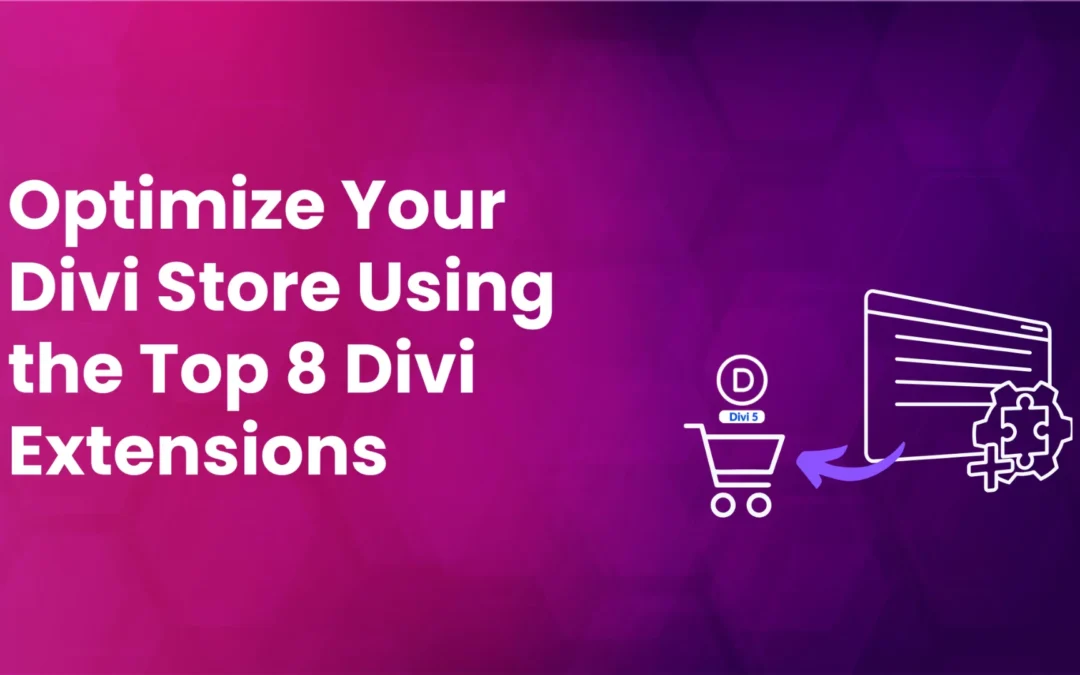

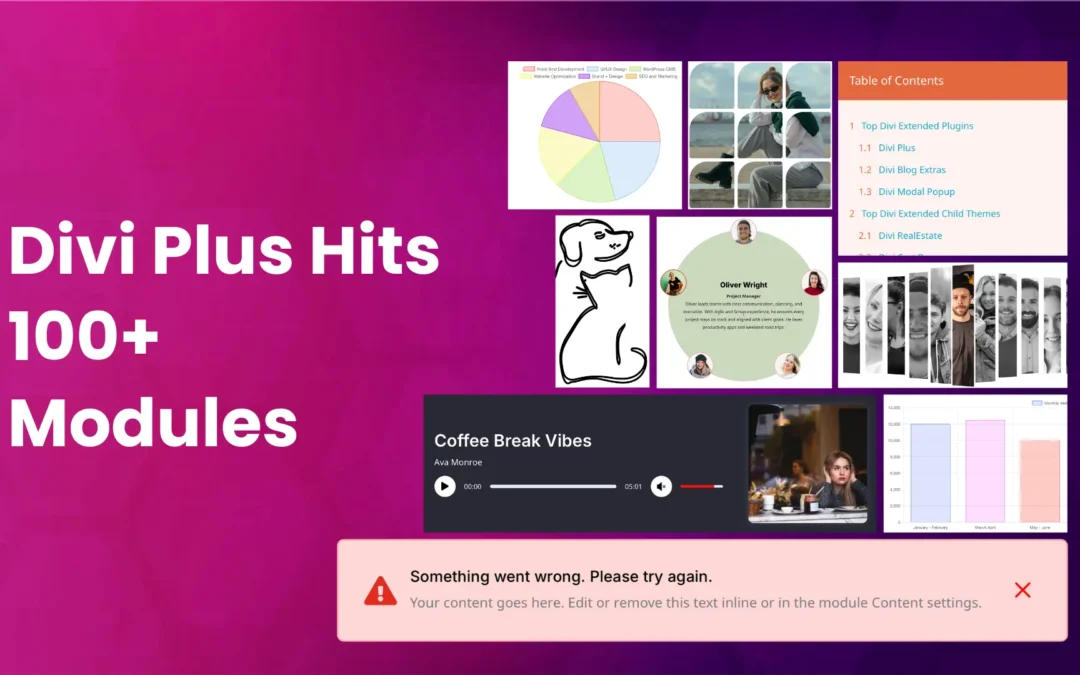


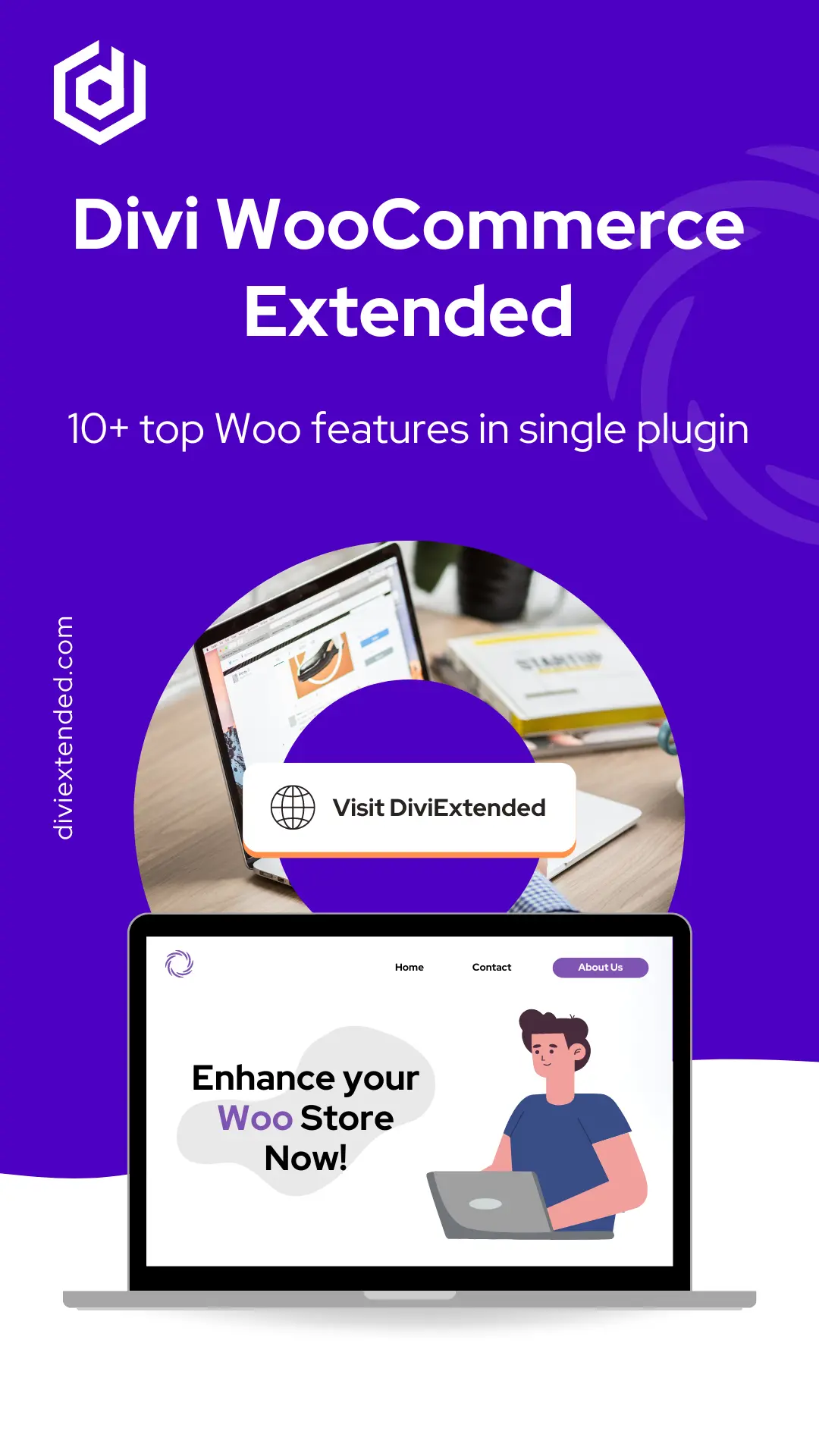

0 Comments